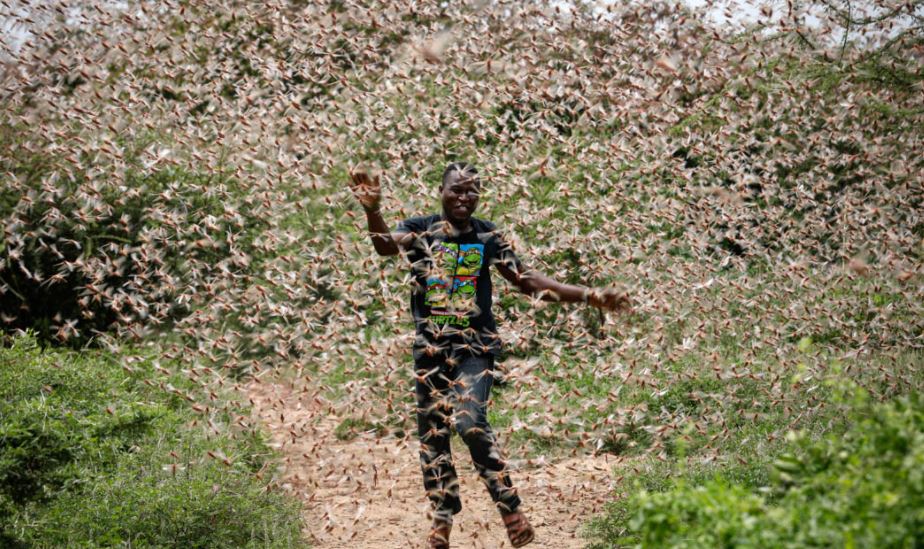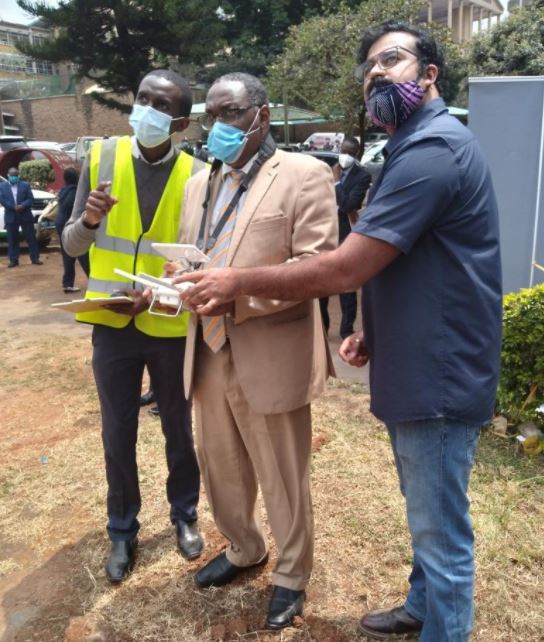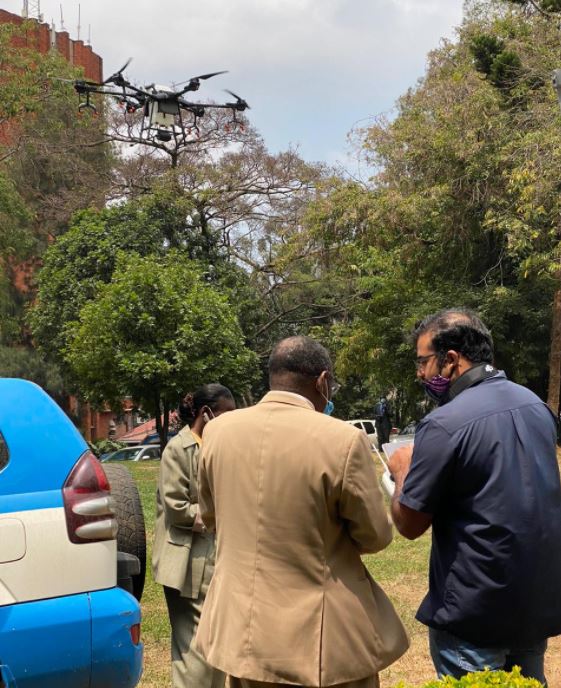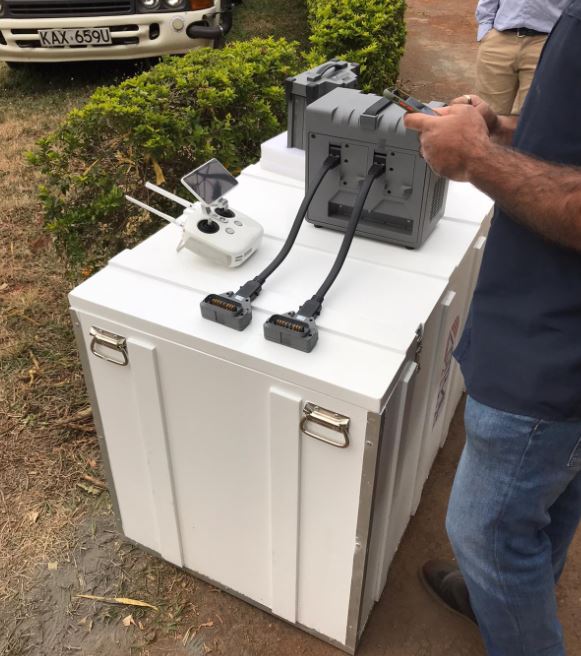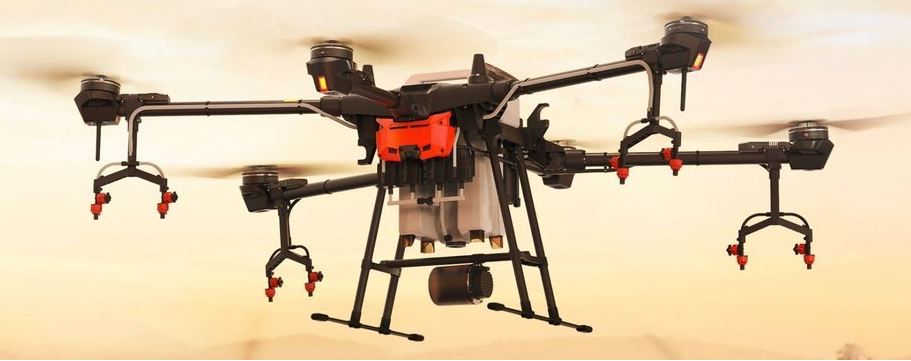
According to FAO, Kenya has made significant progress and could be declared insects free at the end of the month.
Cyril Ferrand, FAO’s resilience team leader for East Africa, said that only two out of the 29 counties in Kenya that were infested by desert locusts in February are yet to contain them.
“In the coming days, that will drop to one county, and within three weeks Kenya should be free of large-scale infestations altogether,” Ferrand said in a statement issued in Nairobi Thursday.
Agriculture CS Peter Munya identified the two counties as Samburu and Turkana, where all the efforts have been directed.
And despite making significant progress in eliminating the second generation locusts, Kenya faces the threat of possible re-infestation in February next year.
Mr Munya said the current swarms in Uganda, Somalia and Ethiopia are expected to be blown by wind towards Kenya next February.
The Minister added that the country is prepared to curb the menace. To this end, the Agriculture Ministry on Thursday announced it will dispatch drones to the affected areas.
The announcement followed a successful practical demonstration on the use of drone spraying technology in the control of locusts and quelea birds at Kilimo House grounds on Wednesday.
The demonstration was facilitated by Nairobi-based commercial drone operator, Astral Aerial, a subsidiary of cargo airline Astral Aviation.
Agriculture PS Prof. Hamadi Boga was present during the demonstration, briefly taking control of what looks like an Agras T16 (correct me if I’m wrong), one of the most advanced agricultural drones.
“As Kenya wins the fight against desert locusts, I held a practical demonstration on the use of drone spraying technology. This technology will be helpful in controlling migratory pests,” said Boga.
“Drones increase the safety, coverage and effectiveness of crop spraying exercises.”
According to the T16 drone maker, Shenzhen-based company DJI, one T16 drone can spray insecticides over 10 hectares of farms every hour.
An operator can control five drones at the same time without actually being on the field. The T16 can also dodge obstacles automatically.
“The T16’s upgraded radar system can sense the operating environment during the day or at night, without being affected by light or dust. It has greatly improved flight safety with forward and backward obstacle avoidance and a horizontal FOV (field of view) of 100°, double that of previous DJI agricultural drones. It can also detect the angle of a slope and adjust to it automatically even in mountainous terrain,” DJI touts the unmanned aerial vehicle on its website.
“The T16 provides different modes for flat ground, mountains, and orchards, to meet most operational needs. Up to five T16 aircraft can be controlled by a single T16 remote controller simultaneously, doubling the efficiency of single-pilot operation.”
The photos from the demonstration on Wednesday.
